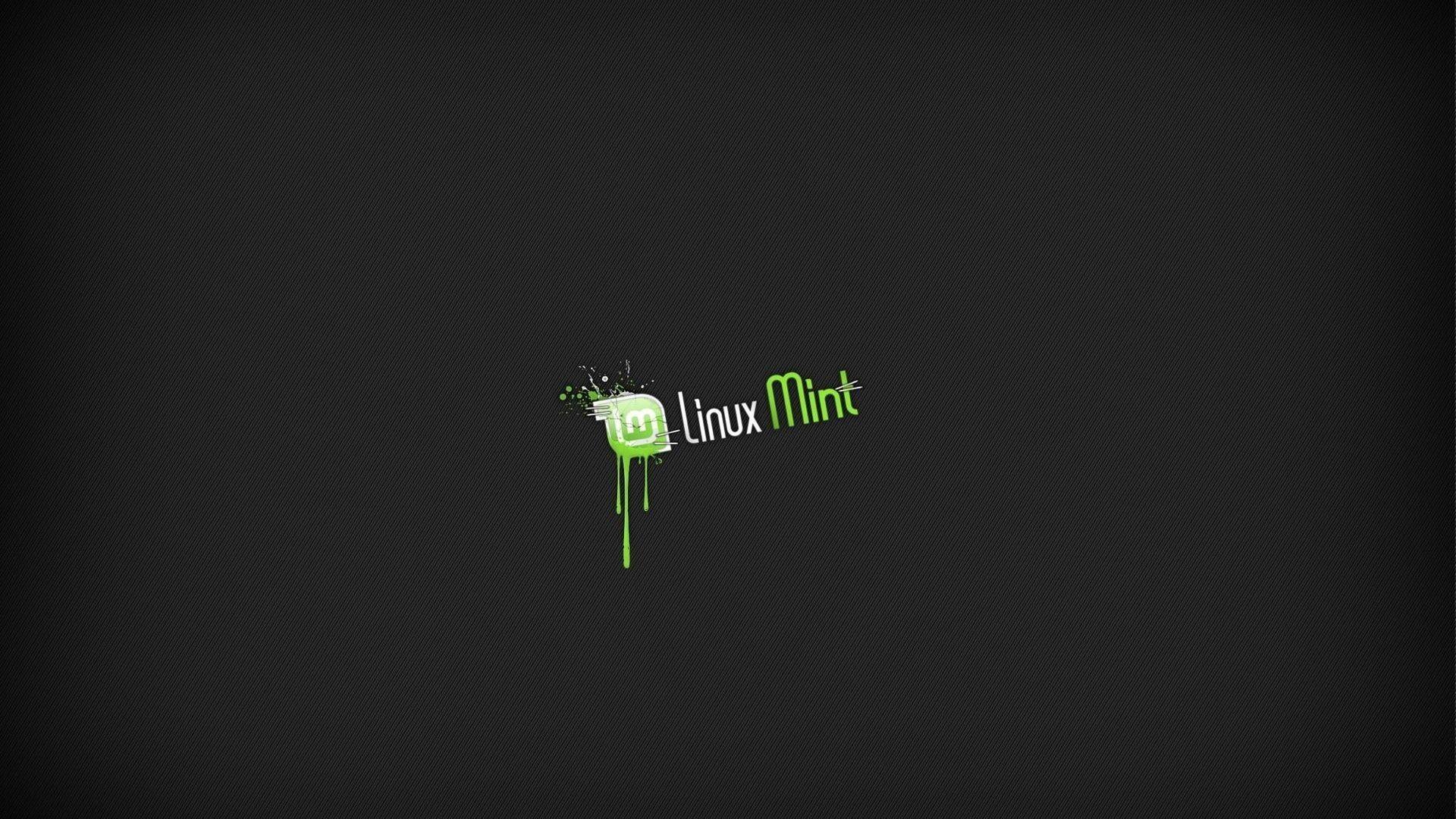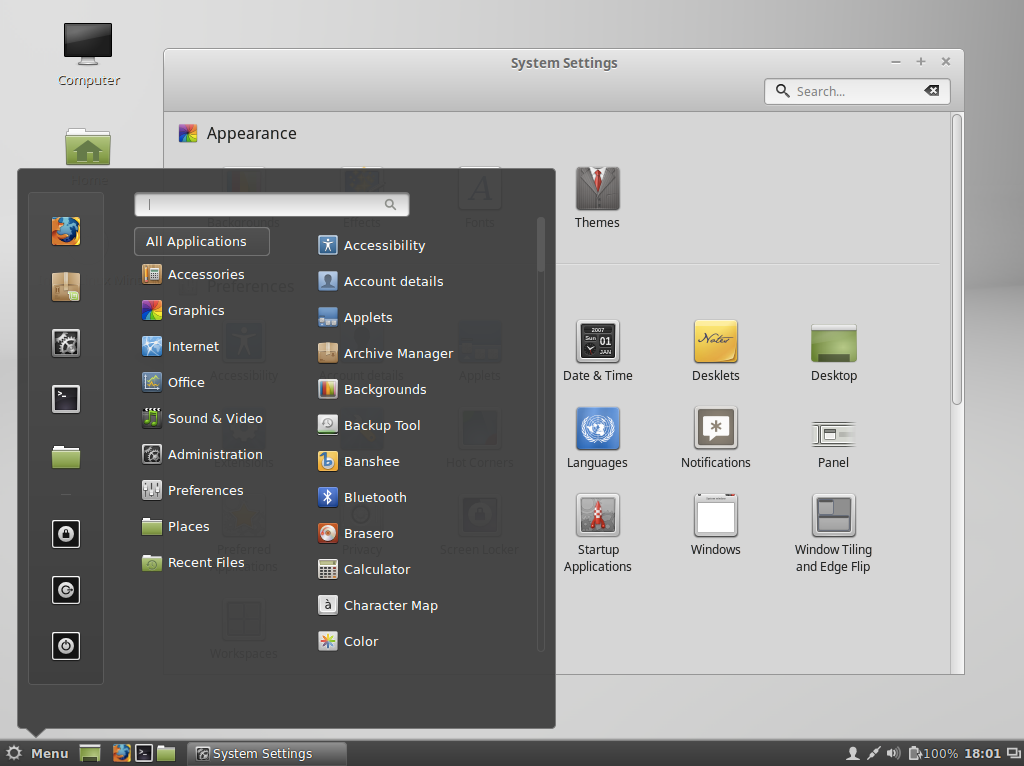
Once more, I was impressed by how fast Nemo handled not just files on my SSD, but the ones on my Samba-powered Network-Attached Storage (NAS) devices, Windows Servers, and local and remote Nextcloud servers. This is far more computer than Mint needs. It also includes 16GB of RAM and a 512GB SSD. This model, which came with Ubuntu 20.04, is powered by an Intel 8-core 3GHz i7-9700 CPU. That was the case again when I moved my Linux Mint 20.1 main desktop.
#LINUX MINT DESKTOPS UPDATE#
I have yet to have a meaningful update failure with Mint.
#LINUX MINT DESKTOPS PATCH#
With Linux Mint, it's safe to patch and upgrade. This isn't Windows, where updating programs is taking your computer's life in your hands. Me? I pretty much always upgrade every time I see that orange dot. You can also change the notifications so that it will do the same for application updates and patches. You can change these values from two days or all the way up to three months. Mint's developers decided to do this rather than push security updates on users.īy default, Update Manager will now show you a notification if a particular update has been available for more than seven logged-in days or if it's older than 15 calendar days. Instead of just showing you a little orange dot on the Update Manager's icon in the system tray, the revised Update Manager now tracks how long each update has been available for, how many days the computer was on during that time, and will remind you again of available updates. Mint also now gives you more information when security and kernel updates are available for your Linux system. While Mint still doesn't natively support Snap programs, which operate in the same basic way, it's clearly putting more effort into supporting Flatpak.

In earlier editions of Mint, this was located in "Startup Applications." Flatpak programs are easy-to-install containerized applications. The Update Manager also automates Flatpak program updates. In other words, you can pretty much run Mint on any PC you find in a second-hand junk shop. Finally, you'll need a graphics card and monitor that supports a 1024×768 resolution. You'll also need at least 20GB of disk space, but Mint recommends 100GB. This is not Windows - where trying to run it on 4GB is asking for trouble.

#LINUX MINT DESKTOPS FULL VERSION#
The full version of Linux Mint requires a mere 2GB of RAM, but you can run it with as little as 1GB. If the box has a 64-bit processor, it can run Mint. But if you have older low-powered systems or if you're running Linux on Chromebooks or Windows 10 PCs with Windows SubSystem for Linux (WSL) 2, Xfce is an excellent choice.Įven PCs built in the 2000s can run Mint. Most desktop users will be pleased with Cinnamon or MATE. These include MATE, a Gnome-2 fork, and the ultra-lightweight Xfce.

While I prefer the Gnome-2-based Cinnamon desktop (now up to version 5.04), Mint gives you a choice of fully supported interfaces. What are hidden files in Linux and how do you create them?


 0 kommentar(er)
0 kommentar(er)
